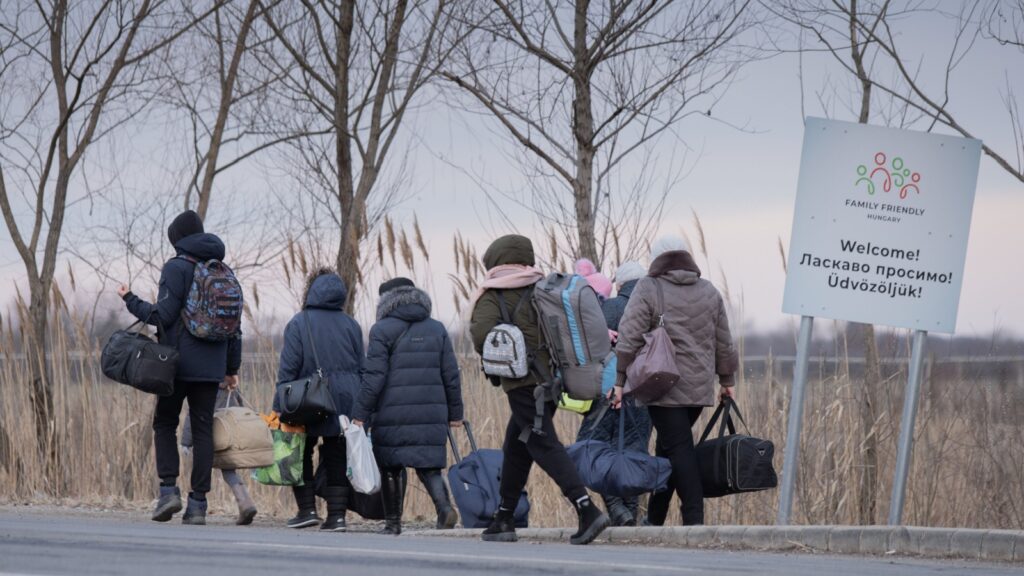Canada has never been afraid to chart its course. Whether it’s policy, culture, or public values, the country often makes decisions based on long-term goals and national priorities—not international trends or pressure. From leading in refugee resettlement to regulating gun ownership and preserving Indigenous heritage, Canada consistently breaks away from the global herd to pursue what works best for its people. Here are 23 clear examples of Canadians choosing their own path.
Legalizing Cannabis Nationwide

Canada became the first G7 country to legalize recreational cannabis nationwide in 2018. The move marked a significant departure from many Western nations that continue to criminalize marijuana. The Cannabis Act allows adults to possess up to 30 grams and grow up to four plants per household. Provinces control sales and distribution, ensuring regulation and safety. Legalization has reduced black market activity and redirected billions into legal sales. Health Canada also regulates product standards.
Saying No to Penny Currency

In 2013, Canada officially phased out its one-cent coin, commonly known as the penny. The Royal Canadian Mint stopped production due to rising manufacturing costs—it cost 1.6 cents to produce each penny. Canadians now round cash transactions to the nearest five cents, while electronic payments remain unaffected. Most countries still cling to their lowest-denomination coins, but Canada chose efficiency over sentimentality. The move saved millions of dollars annually and was widely accepted by both businesses and consumers. This decision reflected a uniquely Canadian approach to practicality and government spending.
Keeping Healthcare Public

Canada’s publicly funded healthcare system remains a defining feature of its national identity. While many countries, including the U.S., rely heavily on private healthcare, Canada continues to prioritize access based on need rather than ability to pay. Medicare covers essential physician and hospital services for all residents, with costs paid through taxation. Canadians consistently rank universal healthcare as one of their top national values. Despite debates over wait times and private options, the system remains public, mainly, and non-profit.
Banning Single-Use Plastics

In 2022, Canada implemented a national ban on several single-use plastics, including straws, cutlery, grocery bags, and specific food containers. The goal was to eliminate plastic waste contributing to pollution in landfills and oceans. While many countries hesitated or introduced partial bans, Canada moved forward with a complete phase-out timeline. The federal government aims to achieve zero plastic waste by 2030. Retailers and manufacturers were given time to transition to sustainable alternatives. This decision positioned Canada as a leader in environmental regulation, showing it can set ambitious targets independently, without waiting for global consensus or trade partners to act first.
Embracing Bilingualism

Canada officially recognizes both English and French as its national languages. The country’s bilingual framework is unique among English-dominant Western nations. Government services, product labels, education, and federal communications must be available in both languages. Provinces like Quebec and New Brunswick have further legal protections for French. While some countries push for linguistic uniformity, Canada invests in preserving its dual-language identity through laws, funding, and education. Immigrants are also offered language training in both.
Opening Doors to Refugees
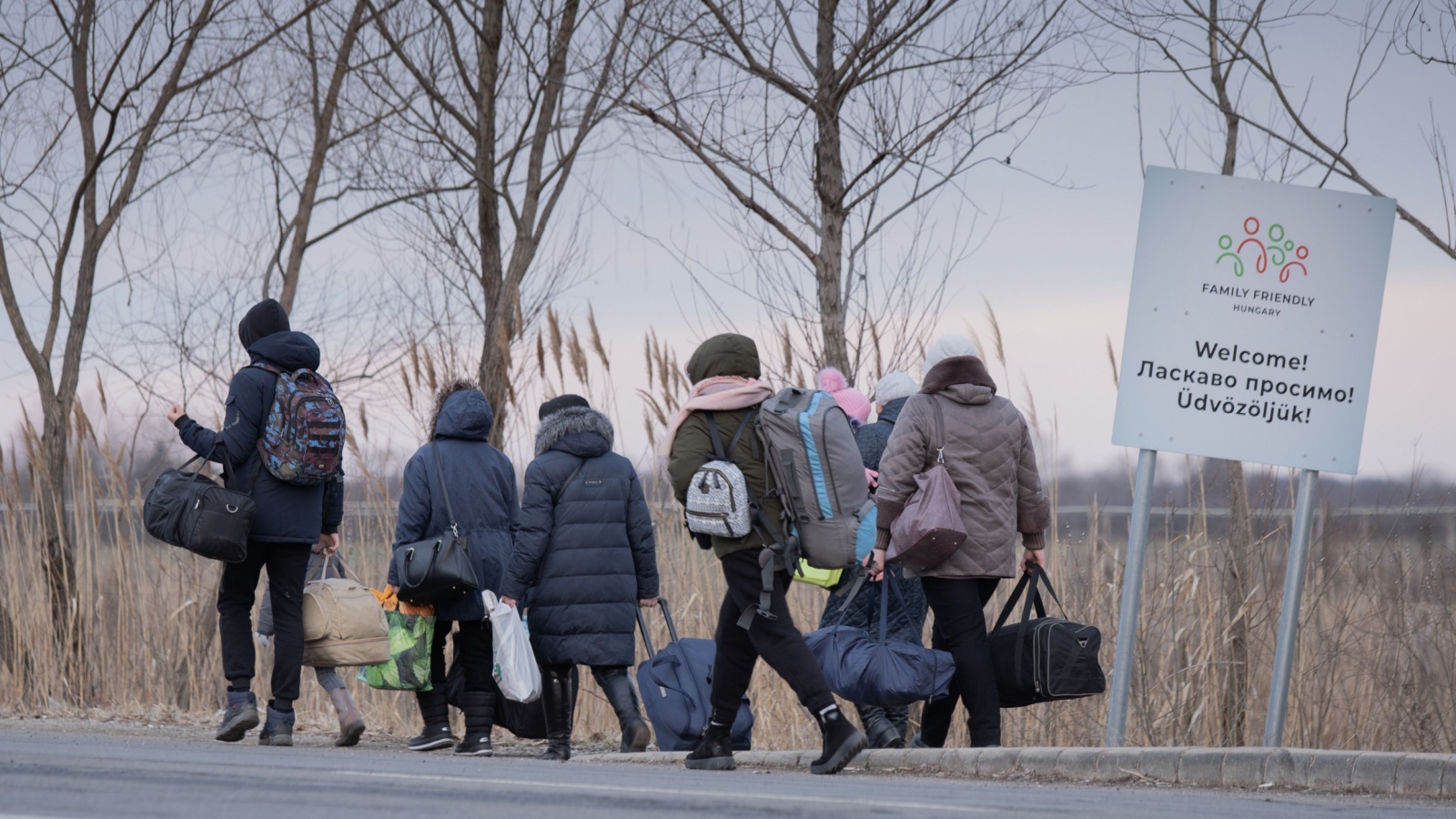
Canada has consistently ranked as the world’s top country for refugee resettlement. In 2021, it welcomed 20,400 refugees, more than any other country. This included Afghan refugees and others displaced by global crises. Canada’s private sponsorship programs enable individuals and community groups to support refugee families, a model recognized internationally. Refugees receive housing assistance, language training, and access to healthcare and education. Unlike many nations facing anti-immigration backlash, Canada’s policy is rooted in long-term humanitarian values.
Pioneering Same-Sex Marriage

Canada became the fourth country in the world to legalize same-sex marriage nationwide in 2005. This decision followed the recognition of these unions by several provinces, and the federal Civil Marriage Act made it law across Canada. Unlike other countries that delayed or left the issue to local jurisdictions, Canada acted early and decisively. The law guaranteed equal marriage rights regardless of gender or sexual orientation. Public support was relatively strong, and legal opposition faded quickly. Canada’s leadership on LGBTQ+ rights has been recognized globally, proving that progress on civil liberties does not require waiting for international consensus or approval.
Rejecting Black Friday Frenzy

While Black Friday dominates retail culture in the United States, Canadians have resisted the same level of consumer frenzy. Although some Canadian retailers offer discounts, the scale, and intensity remain more subdued. Instead, Canadians often prefer Boxing Day as their primary shopping holiday, which falls on December 26. This local tradition remains strong despite the influence of marketing from across the border. Shoppers in Canada are generally more restrained, and stores avoid the chaos often seen in U.S. malls.
Maintaining a Low Incarceration Rate

Canada has one of the lowest incarceration rates among developed countries, especially when compared to the United States. As of recent data, Canada imprisons fewer than 100 people per 100,000 population, while the U.S. figure exceeds 600. Canada focuses more on rehabilitation and community sentencing than punitive incarceration. Programs for youth diversion, parole, and restorative justice play a significant role in this approach. Racial disparities still exist, particularly among Indigenous communities, but systemic reforms are underway. Canada’s restraint in using prison as a solution to crime highlights a more balanced justice system that prioritizes reintegration over long-term confinement.
Creating the Trans Canada Trail
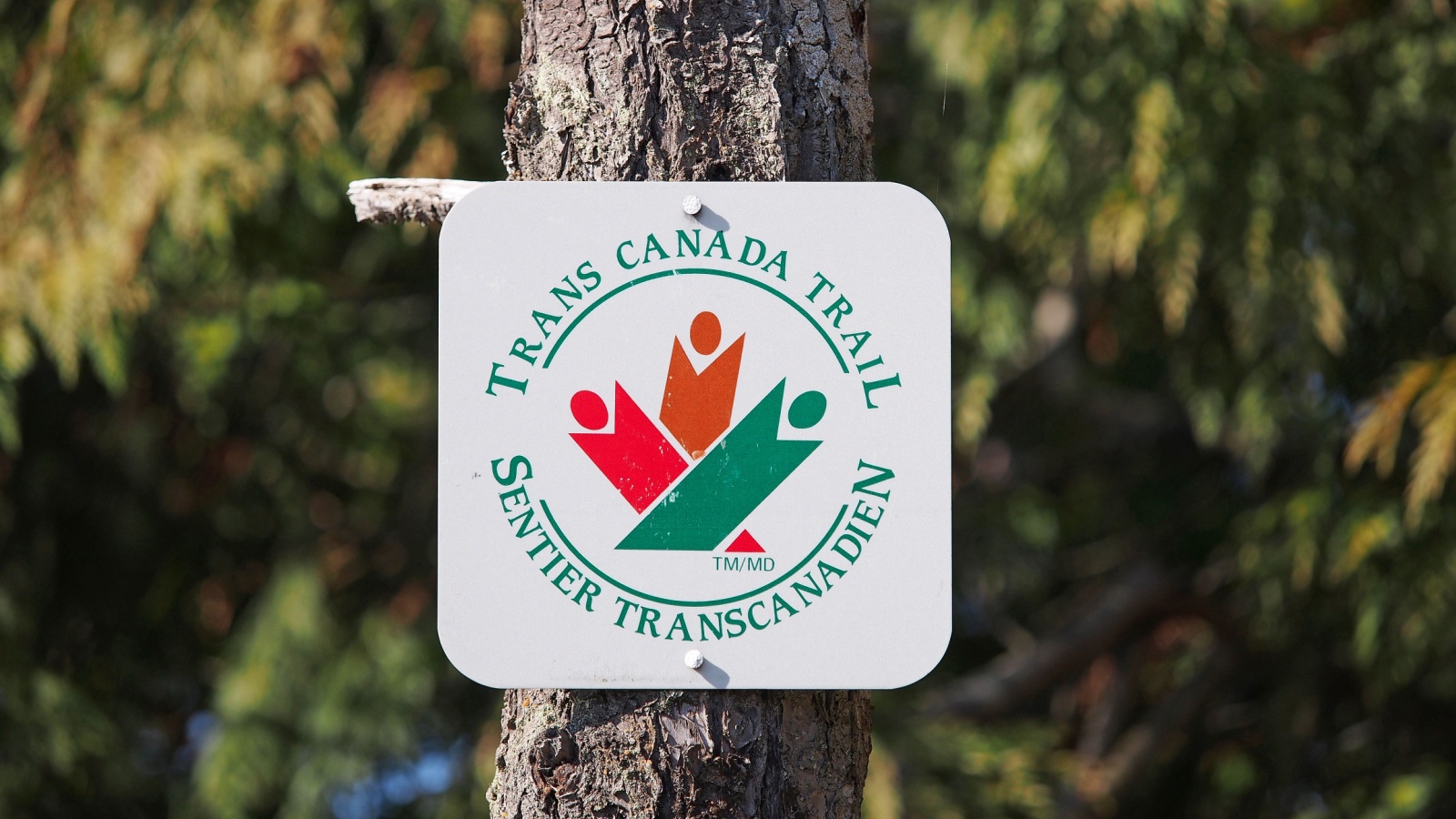
The Trans Canada Trail, also known as The Great Trail, is one of the longest multi-use recreational trail networks in the world. Stretching over 28,000 kilometers, it connects communities across every province and territory. The trail was completed in 2017 to mark Canada’s 150th anniversary, and it continues to grow with local contributions. It supports walking, cycling, paddling, and winter sports, making it a unique national project. Few countries have invested in such an expansive, inclusive recreational infrastructure.
Standing Firm on Peacekeeping
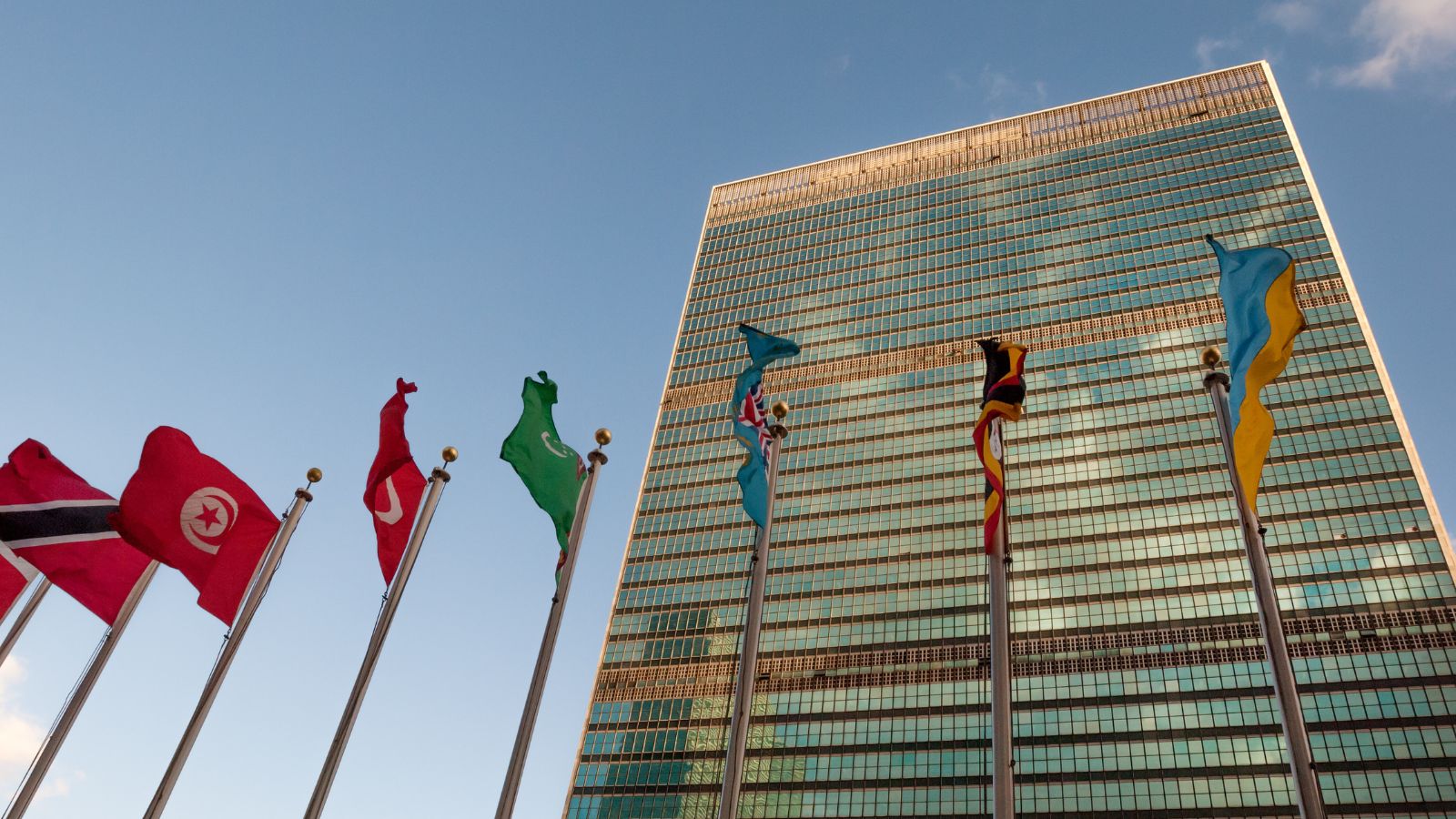
Canada has a long-standing reputation for contributing to international peacekeeping missions. Since the 1950s, Canadian troops have participated in dozens of United Nations operations, often taking on leadership roles. While its military budget remains modest, Canada prioritizes diplomacy and conflict resolution. Contributions include personnel, funding, and training for peace operations in regions such as Africa and the Middle East. Although many countries have shifted focus to military intervention, Canada continues to support multilateral peacekeeping efforts.
Celebrating Indigenous Heritage
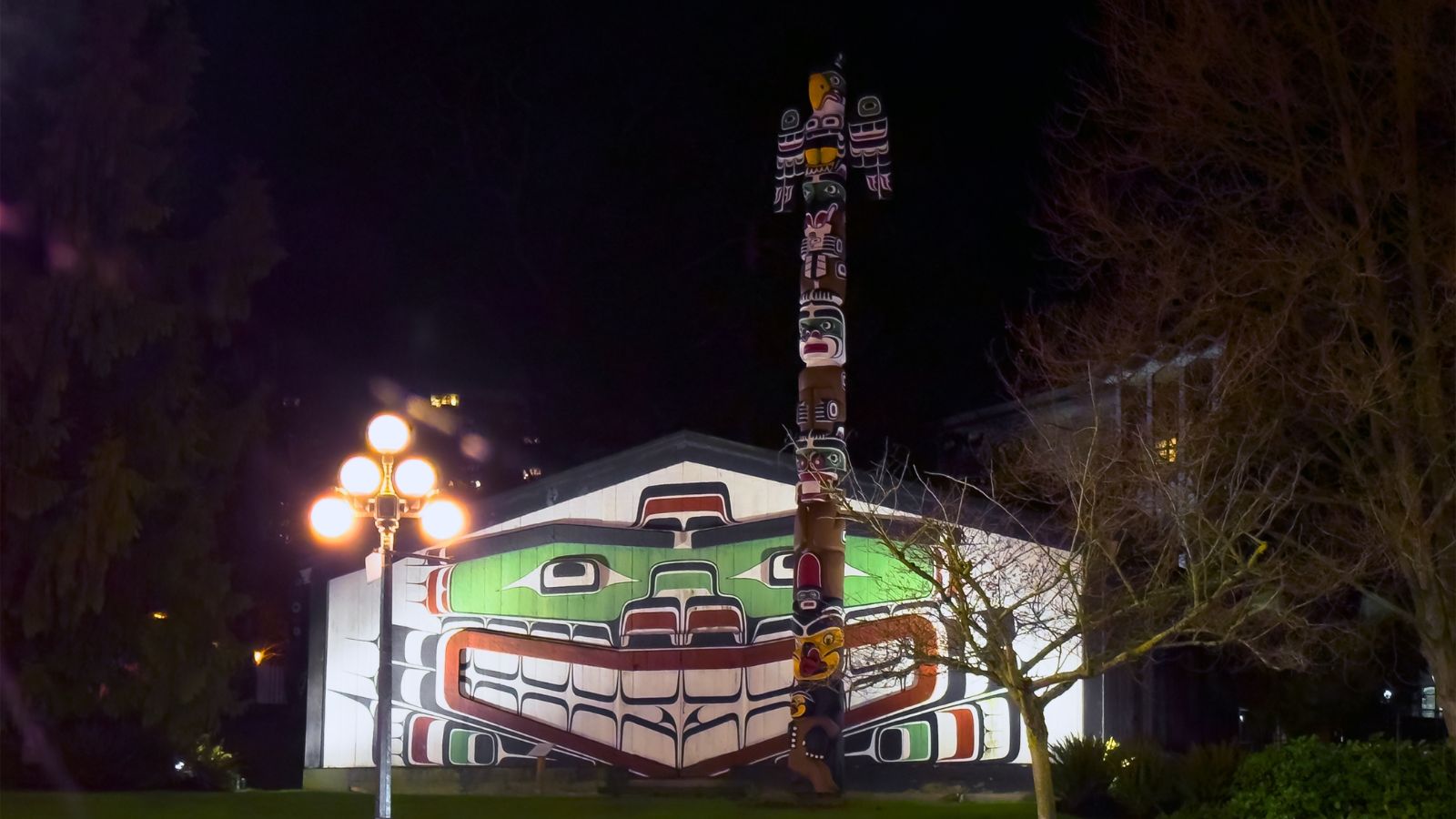
Canada officially recognizes National Indigenous Peoples Day on June 21 each year, a federal observance that highlights the culture, contributions, and history of First Nations, Inuit, and Métis peoples. Indigenous languages, art, and traditions are increasingly integrated into public spaces, education, and government policy. While the country continues to address systemic injustices, it has made strides in acknowledging the truth of its colonial past. Programs support Indigenous-led education, media, and land rights.
Supporting Arts with Public Funds

Canada invests significantly in the arts through public funding at federal, provincial, and municipal levels. Institutions like the Canada Council for the Arts distribute millions annually to support music, literature, visual arts, and performance. Public broadcasting is also supported through CBC and Radio-Canada. This funding model helps preserve Canadian culture and provides emerging artists with access to resources, without relying solely on private sponsors. While other countries have cut arts budgets, Canada has maintained consistent support, viewing culture as a public good.
Resisting Political Polarization

Canada has avoided the extreme political polarization seen in countries like the United States. While partisan debates exist, the tone of political discourse tends to be more measured. Multi-party representation, strong regional voices, and electoral laws that limit campaign financing contribute to this relative balance. Many Canadians support compromise and evidence-based policy over ideological extremes. Independent media and civic education also play a role in maintaining civil dialogue. Although political tensions are present, Canada continues to foster a more moderate public sphere, demonstrating that democratic engagement can be robust without devolving into division or zero-sum political battles.
Prioritizing Gun Control
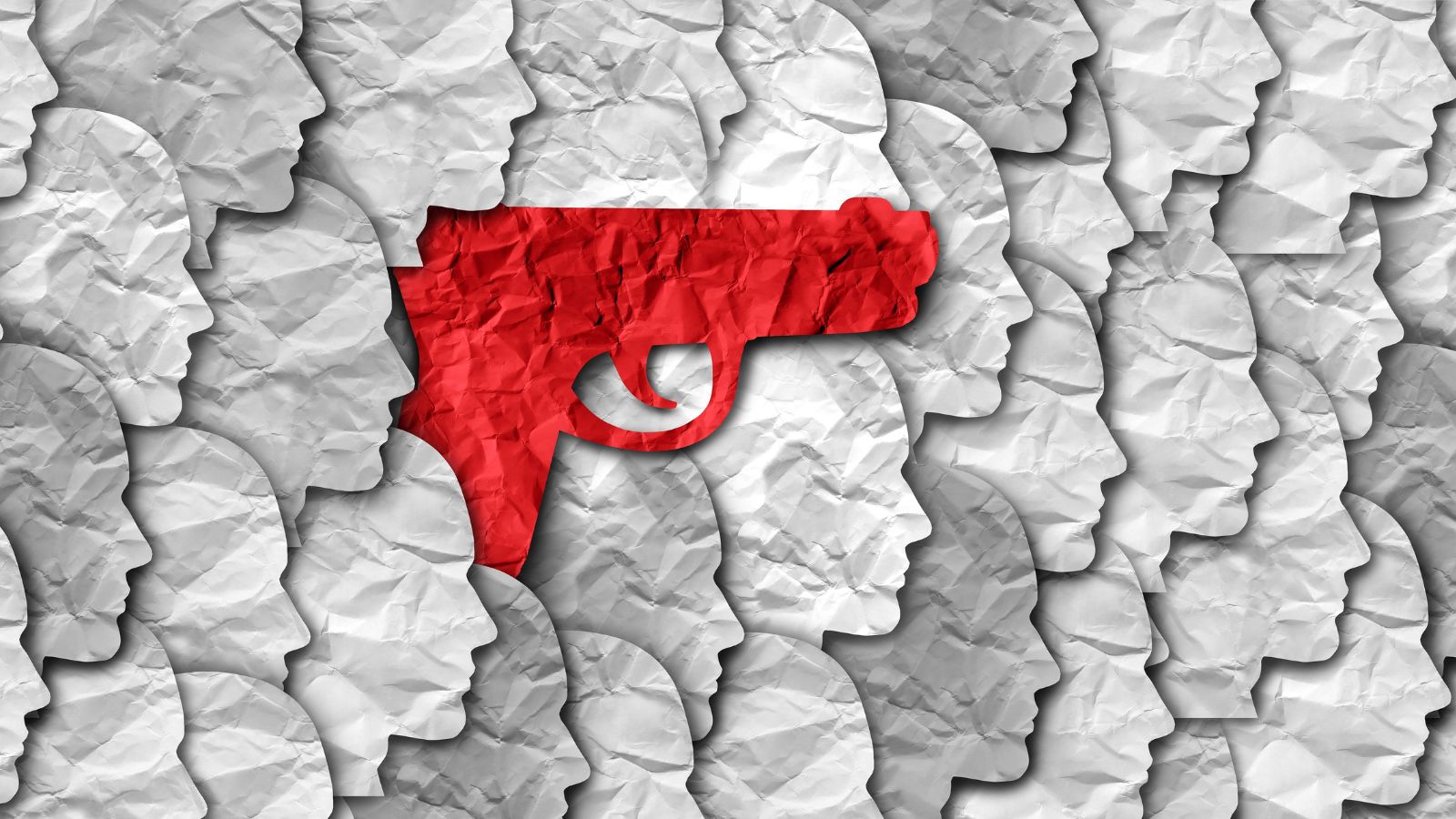
Canada enforces stricter gun laws than many other Western nations, including the United States. Licensing is mandatory for firearm owners, and background checks are thorough and comprehensive. Certain semi-automatic weapons are prohibited, and magazine capacities are tightly restricted. In 2020, Canada banned over 1,500 models of assault-style firearms following mass shooting incidents. The country does not have a constitutional right to bear arms, allowing Parliament to legislate firearms with a focus on public safety. Gun ownership remains legal under regulation, but Canada’s approach prioritizes safety over personal arsenal rights.
Enforcing Strict Tobacco Laws

Canada has implemented some of the world’s strictest tobacco control policies. Packaging regulations require plain designs with graphic health warnings that cover most of the product surface. Tobacco advertising is banned in nearly all forms, and retail displays are restricted. Smoking in public places, including bars, restaurants, and workplaces, is widely prohibited across provinces. Taxes on tobacco products are among the highest globally, which in turn drives down consumption. Youth smoking rates have steadily declined over the years. While other countries struggle with tobacco lobby influence, Canada’s evidence-based approach continues to prioritize public health and reduce long-term healthcare burdens related to smoking.
Taxing Sugary Drinks in Select Provinces

While national taxation is still under discussion, some Canadian provinces have taken the lead in taxing sugary beverages. Newfoundland and Labrador introduced a tax on sugar-sweetened beverages in 2022, the first of its kind in Canada. The goal is to curb rising rates of diabetes and obesity by discouraging excessive sugar consumption. Revenue from the tax is reinvested in health initiatives. Unlike countries hesitant to interfere with food choices, these provinces acted independently to promote public health.
Limiting Foreign Home Ownership

In 2023, Canada introduced a temporary ban on foreign home purchases to help address housing affordability. The policy applies to non-resident, non-citizen buyers, with exceptions for refugees and permanent residents. This decision came amid concerns that international real estate investors were driving up property prices in major cities like Vancouver and Toronto. While other countries debate similar measures, Canada acted decisively to protect local housing access. The move is part of a broader strategy that includes taxing vacant properties and expanding affordable housing programs.
Keeping Religion Out of Schools
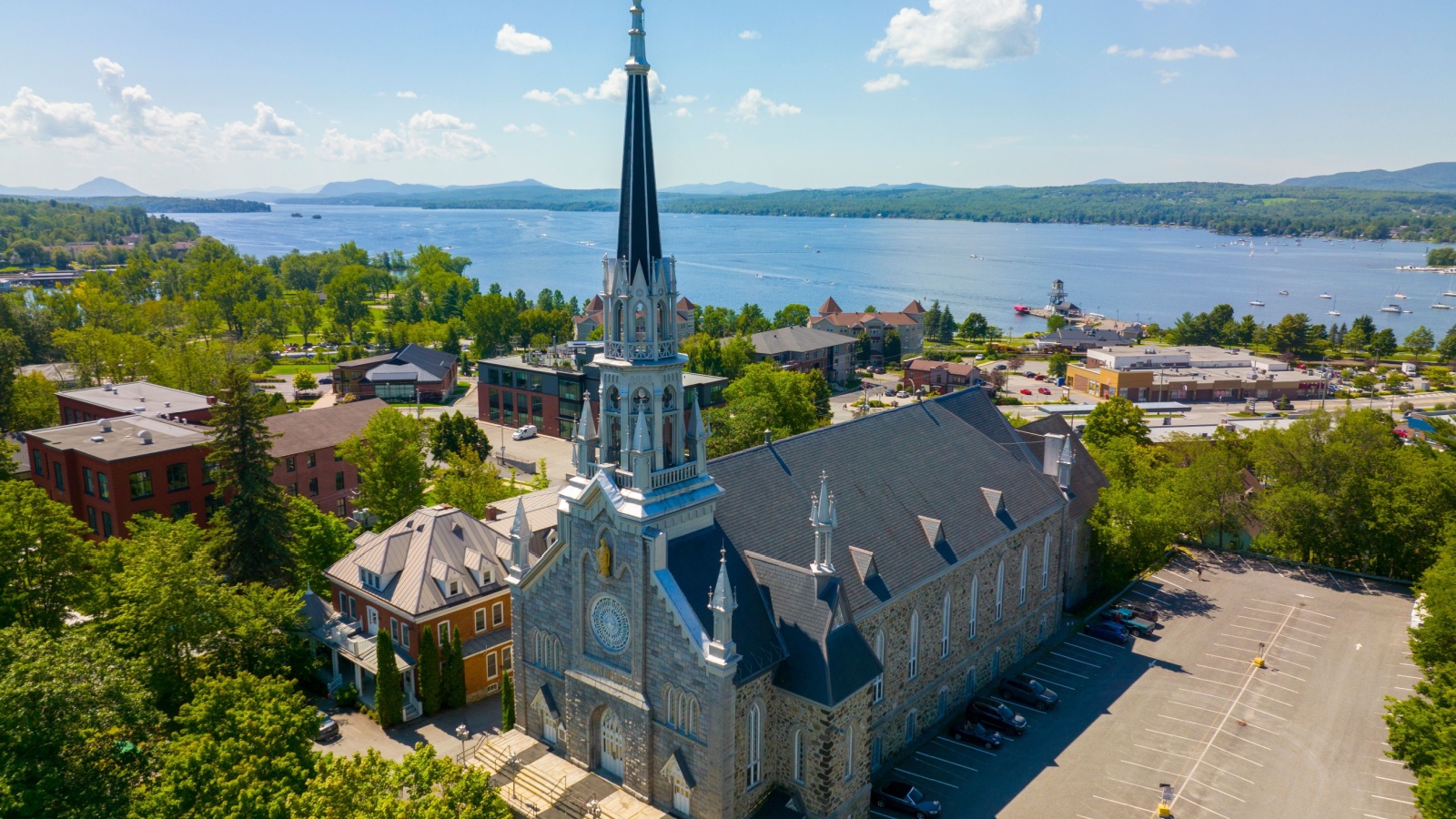
Canada maintains a largely secular public education system. While some provinces operate publicly funded Catholic school boards, public schools are generally non-religious and inclusive of all students. Religious instruction is not part of the core curriculum in most public schools, and prayer is not permitted during school hours. Students from all backgrounds attend together without mandated religious activities. This approach supports cultural diversity and freedom of belief. Compared to countries where religion plays a central role in education, Canada’s model emphasizes neutrality.
Broadcasting Canadian Content Rules

Canada requires broadcasters to air a minimum percentage of Canadian content, known as CanCon, to support the nation’s cultural industries. Television and radio stations must meet specific quotas defined by the Canadian Radio-television and Telecommunications Commission. These rules apply to music, TV shows, news, and documentaries. The goal is to protect Canadian voices from being overshadowed by U.S. media dominance. Funding programs like Telefilm Canada and the Canada Media Fund further support local production. While other countries rely heavily on imported content, Canada’s broadcasting rules ensure domestic talent receives consistent exposure, helping preserve linguistic, regional, and cultural diversity across platforms.
Respecting Work-Life Balance

Canada promotes work-life balance through labor laws, paid leave policies, and flexible work arrangements. Most full-time workers receive at least two weeks of paid vacation, and parental leave benefits are among the most generous globally. Many provinces mandate paid sick days and restrict maximum weekly work hours. Remote and hybrid work options have expanded post-pandemic, allowing employees to manage both personal and professional responsibilities better. Unlike high-pressure work cultures in other developed nations, Canada’s labor environment values personal time and well-being.
Voting with Ranked Ballots in Cities
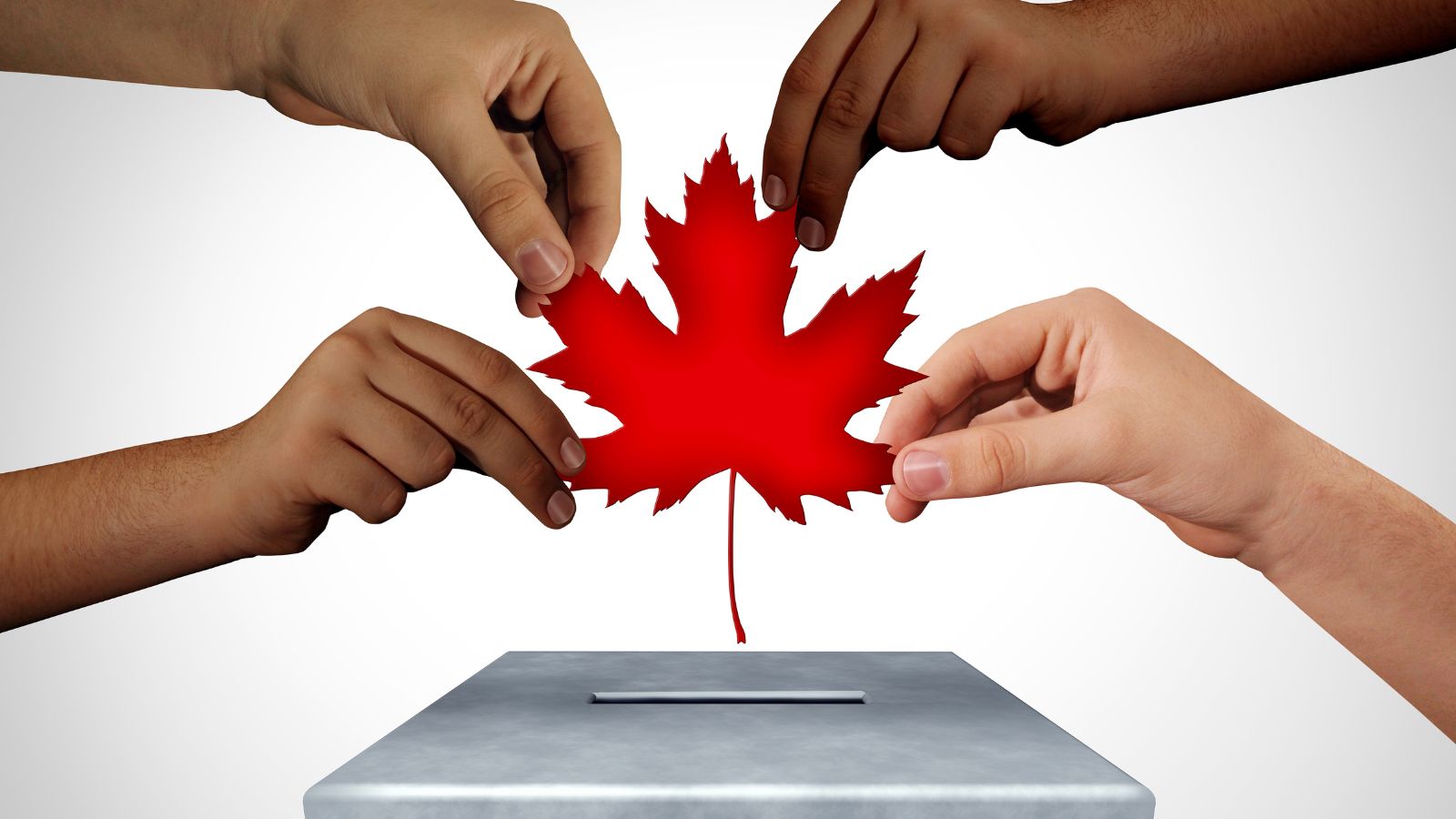
While Canada uses a first-past-the-post system federally, some municipalities have explored ranked ballots to improve electoral fairness. In 2018, London, Ontario, became the first Canadian city to implement ranked choice voting in a municipal election. This system enables voters to rank candidates in order of preference, promoting broader support for the winners. Although provincial legislation later restricted its use, public interest in electoral reform remains active. The experiment showed that cities could innovate independently, even within traditional systems.
Leading with Climate Action Targets
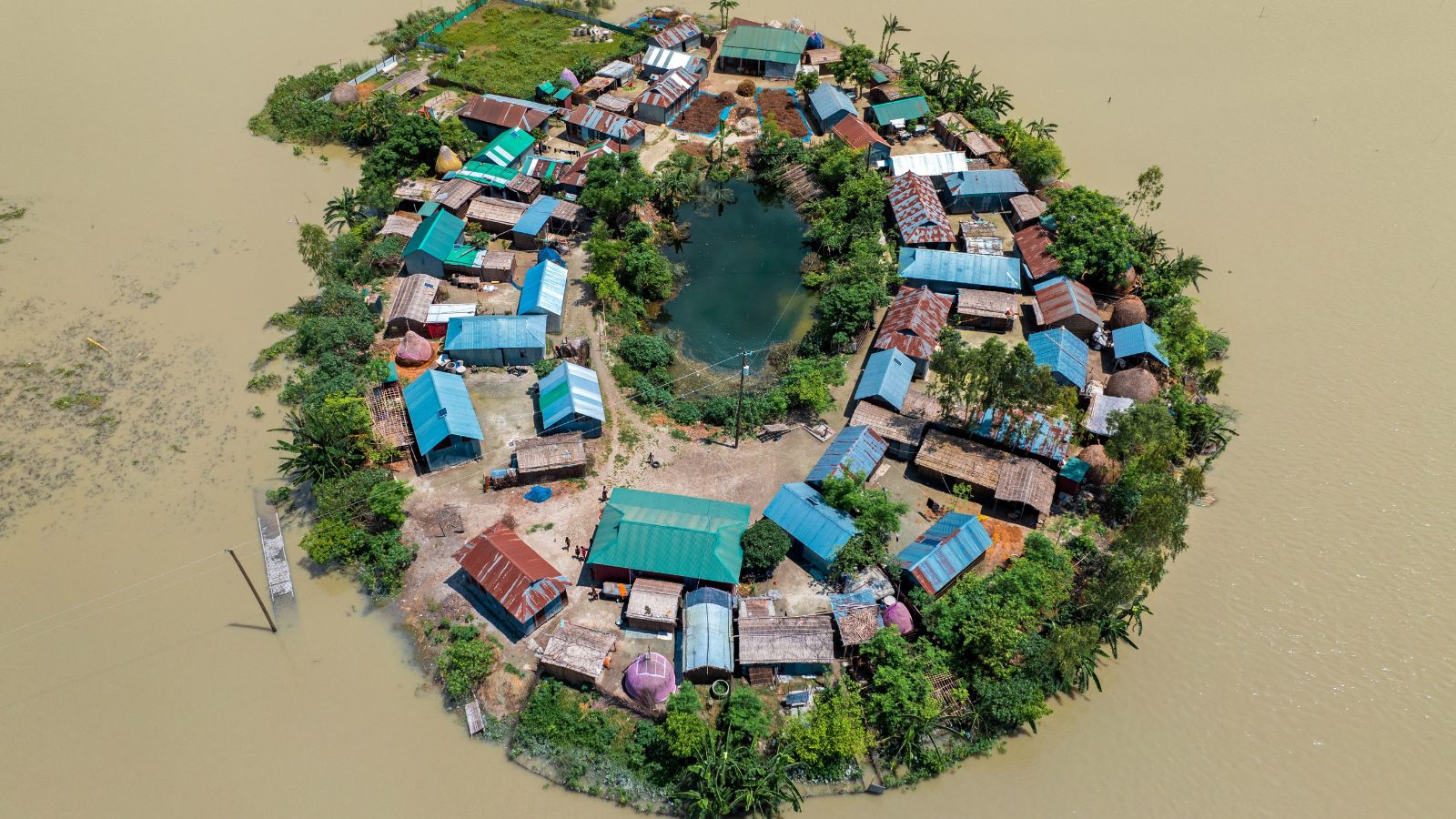
Canada has committed to achieving net-zero greenhouse gas emissions by 2050 and reducing emissions by at least 40% below 2005 levels by 2030. The country implemented a federal carbon pricing system in 2019, which applies across all provinces regardless of local opposition. Investments in clean energy, electric vehicle infrastructure, and climate-resilient projects are central to the national strategy. While other nations struggle with political resistance to environmental reforms, Canada has enshrined climate goals into law through the Canadian Net-Zero Emissions Accountability Act.
21 Products Canadians Should Stockpile Before Tariffs Hit

If trade tensions escalate between Canada and the U.S., everyday essentials can suddenly disappear or skyrocket in price. Products like pantry basics and tech must-haves that depend on are deeply tied to cross-border supply chains and are likely to face various kinds of disruptions
21 Products Canadians Should Stockpile Before Tariffs Hit
